

Fashion shows have evolved from modest, private displays to grand spectacles that shape global fashion trends. They serve as platforms for designers to showcase their creativity, influence styles, and captivate audiences. The history of fashion shows is a fascinating story of artistic expression, cultural evolution, and commercial innovation.
The concept of fashion shows can be traced back to the mid-19th century in Paris. Charles Frederick Worth, often regarded as the "Father of Haute Couture," is credited with pioneering the idea. Instead of displaying his designs on mannequins or in catalogs, Worth employed live models, known as "house mannequins," to showcase his creations to elite clients in private salon settings. This intimate approach allowed clients to visualize how garments would look when worn.
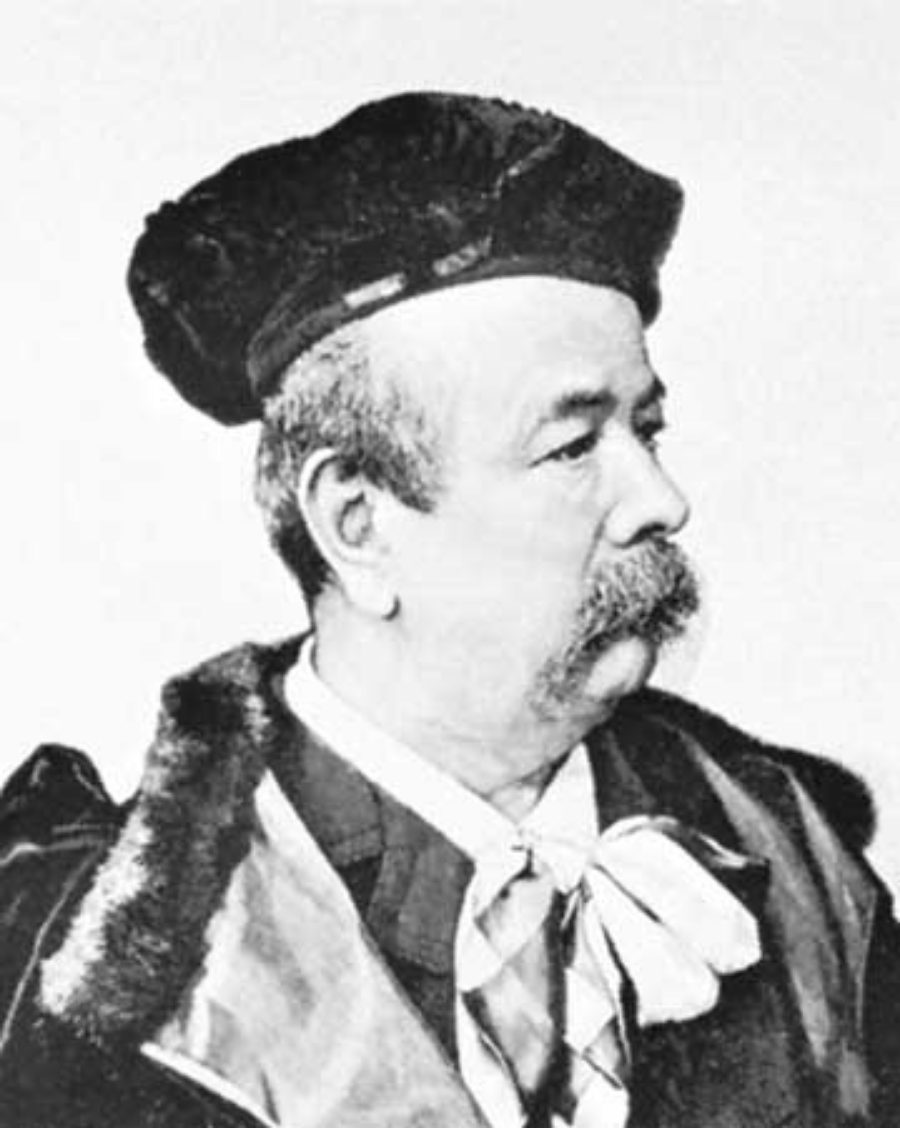
By the early 20th century, "fashion parades" became popular in couture houses in Europe. Designers such as Paul Poiret revolutionized the concept by organizing theatrical presentations of their collections. These shows included dramatic themes, live music, and innovative lighting, elevating the experience beyond a mere clothing display.
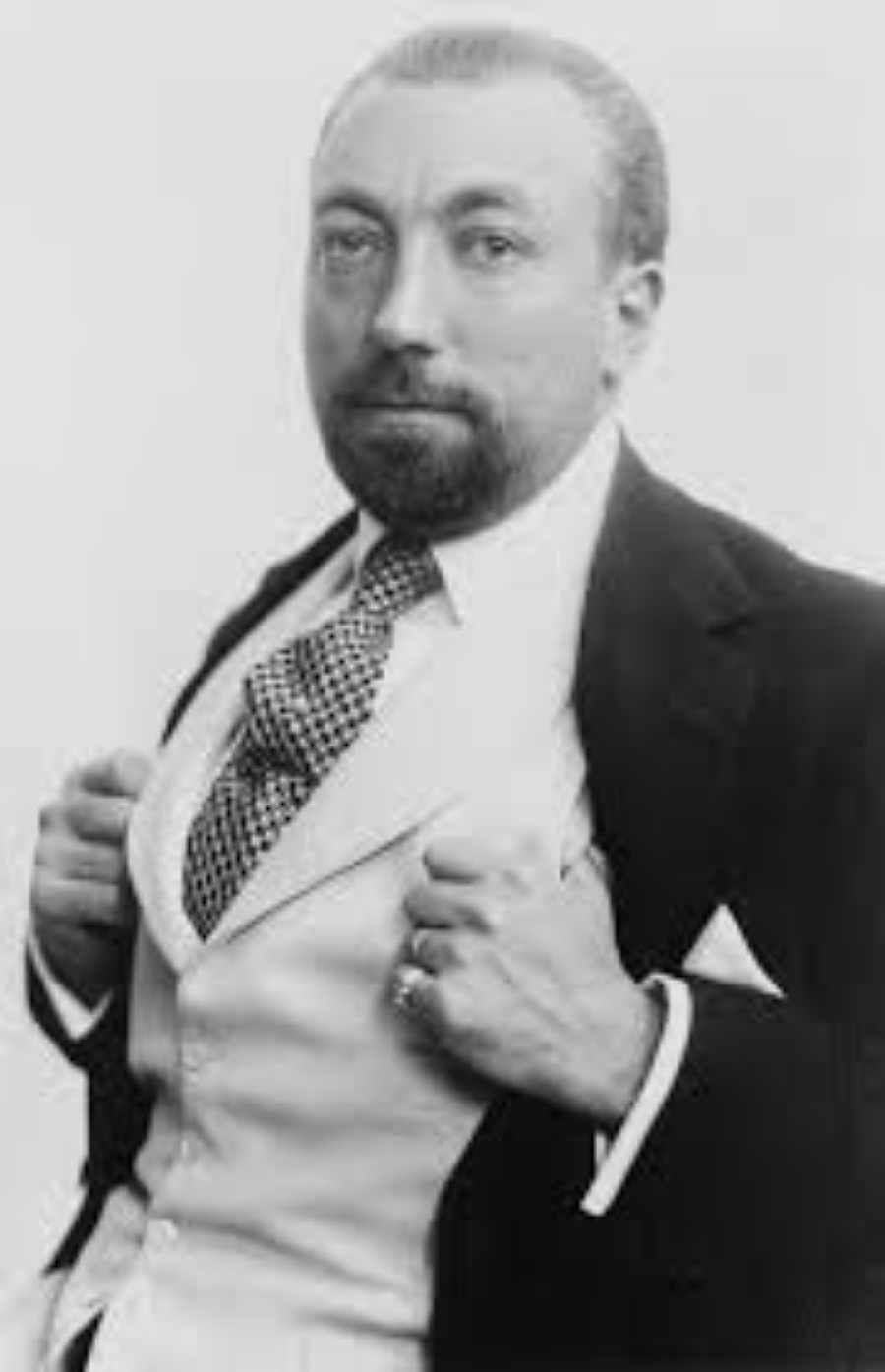
During this period, fashion shows remained exclusive to the wealthy and elite, reflecting societal hierarchies and the notion of fashion as a symbol of status.
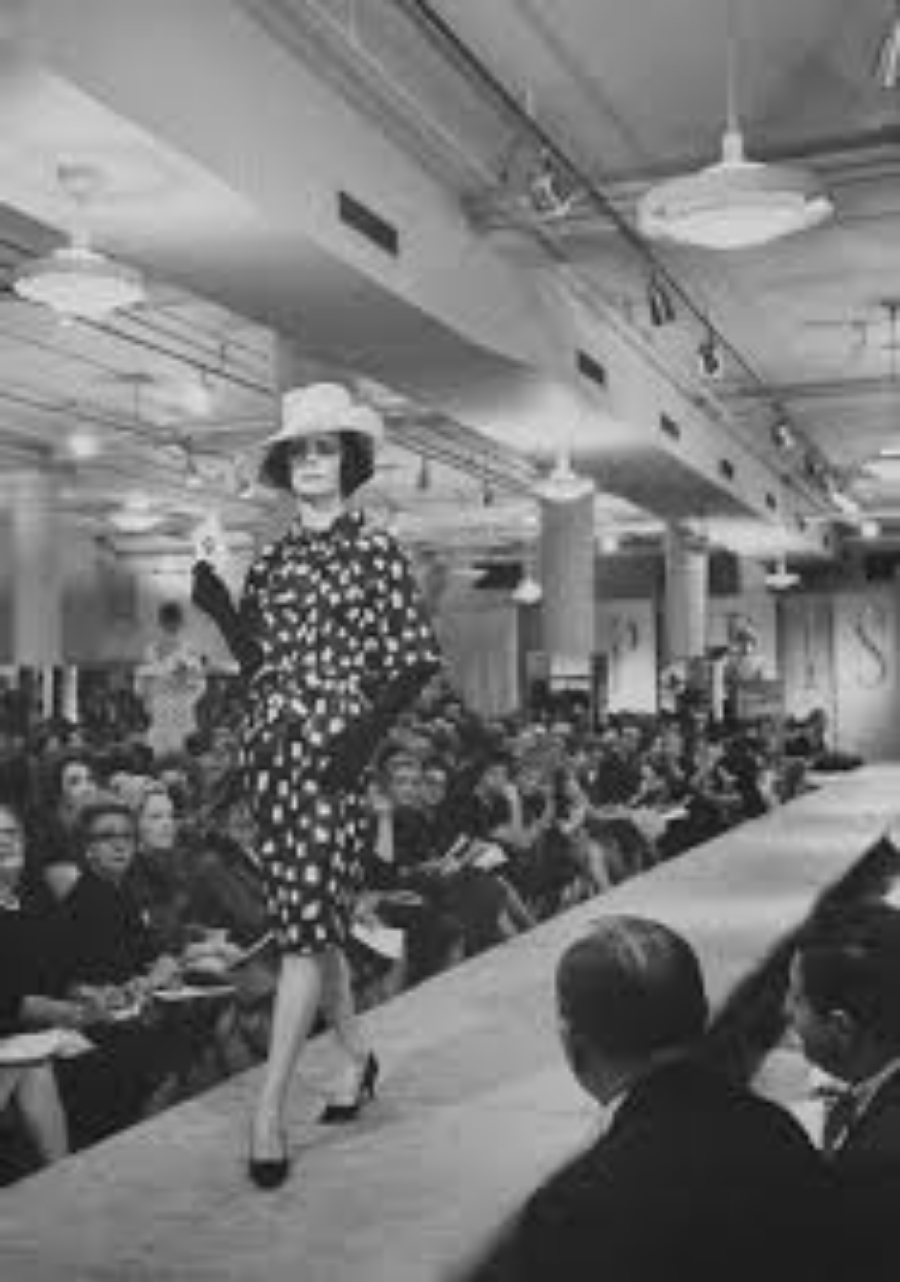
Fashion shows gained momentum worldwide during the 1920s and 1930s. They began to expand beyond Paris, reaching London, New York, and other major cities. The growing influence of department stores and ready-to-wear clothing lines led to fashion shows being used as marketing tools to attract broader audiences.
World War II marked a turning point. With Paris under Nazi occupation, New York emerged as a prominent fashion hub. In 1943, Eleanor Lambert organized the first-ever New York Fashion Week (then called Press Week), providing American designers a platform to compete with European fashion houses. This event laid the foundation for fashion weeks globally.
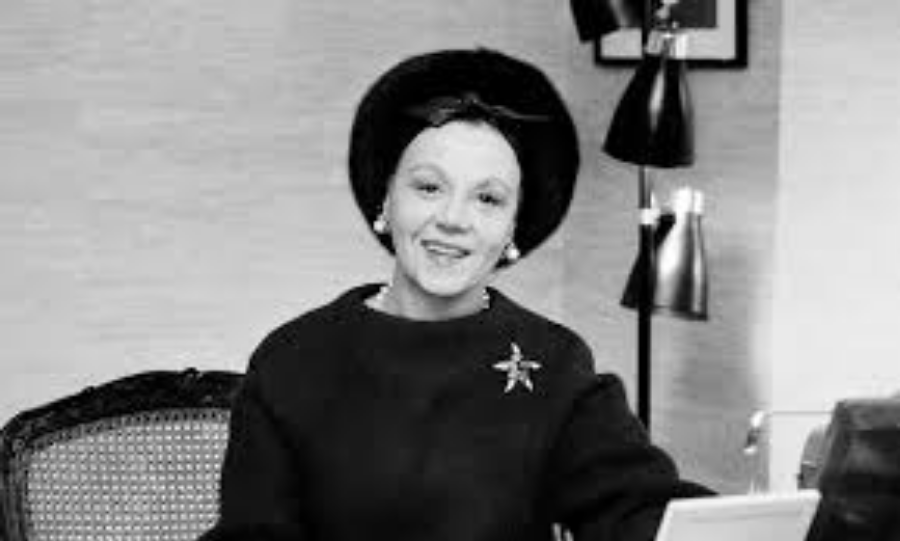
The post-war era witnessed an explosion of creativity and glamour in fashion shows. Designers such as Christian Dior and Yves Saint Laurent transformed the runway into a glamorous stage, with iconic collections like Dior’s "New Look" redefining feminine style.
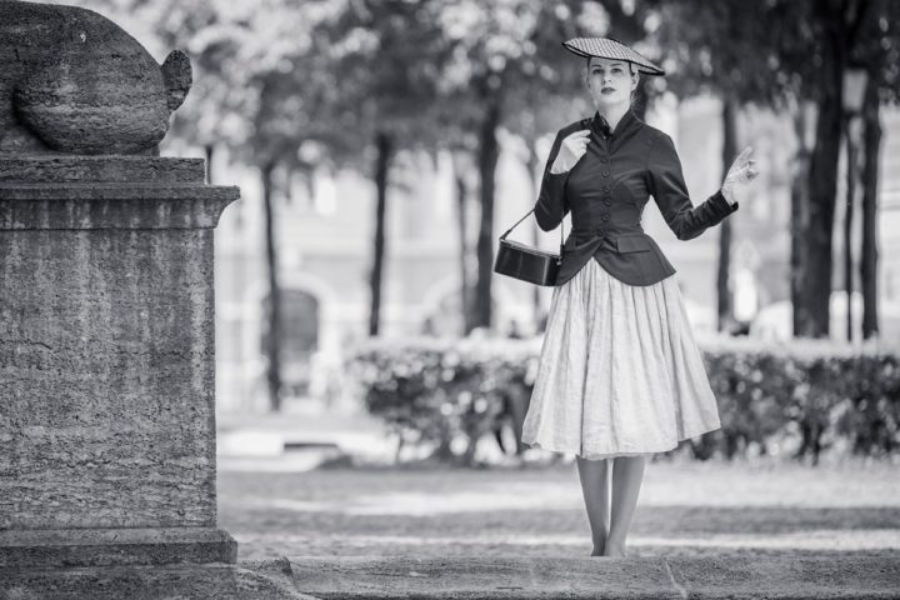
During the 1960s and 1970s, the rise of youth culture and avant-garde movements influenced fashion shows. Designers like Mary Quant and Vivienne Westwood brought rebellious energy to the runway, challenging traditional norms and embracing countercultural styles.
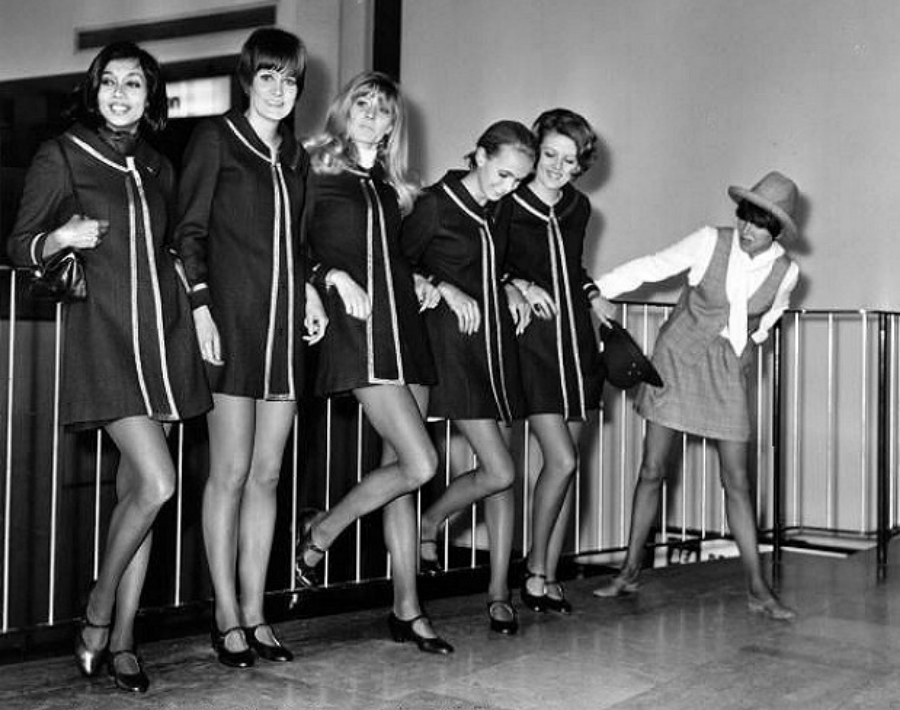
The 1980s and 1990s marked the beginning of fashion shows as larger-than-life spectacles. Designers like Gianni Versace and Jean-Paul Gaultier turned runways into theatrical productions, featuring bold designs, supermodels like Naomi Campbell and Cindy Crawford, and elaborate set designs.

Television and media coverage brought fashion shows to global audiences, solidifying their status as cultural phenomena. Events like the annual Victoria’s Secret Fashion Show and Paris’s Haute Couture Week became must-watch spectacles.
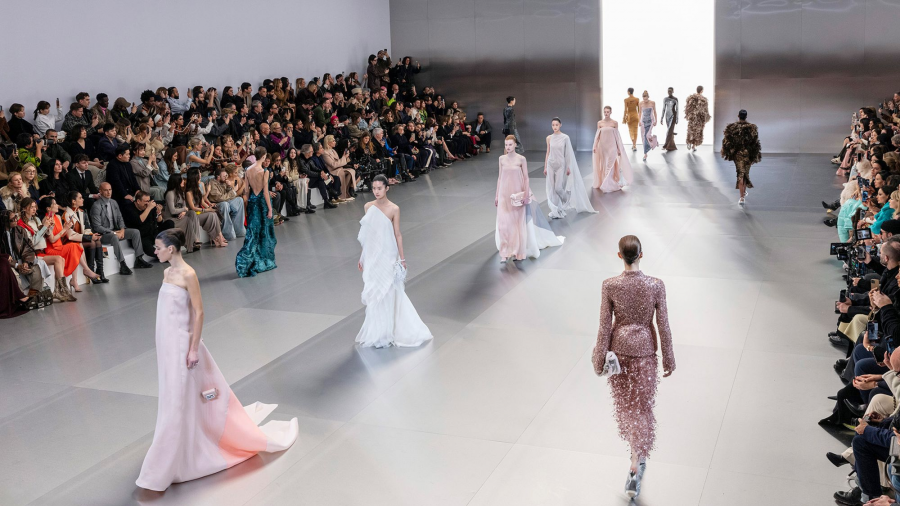
The 21st century has seen the digital revolution redefine fashion shows. Live-streaming, social media, and virtual reality have made these events accessible to global audiences. Designers now create immersive experiences, blending technology with fashion.
Moreover, the industry has embraced inclusivity and sustainability, reflecting changing societal values. Brands like Savage X Fenty have revolutionized the runway by featuring diverse models of all sizes, genders, and ethnicities.
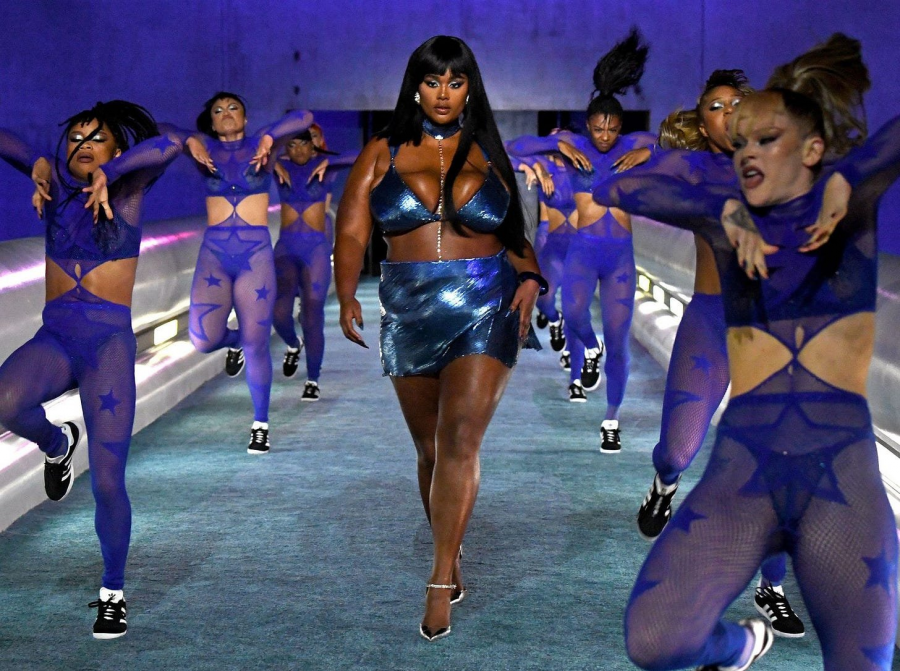
Fashion shows are continuously evolving to meet the demands of a changing world. Virtual and augmented reality technologies are transforming traditional runways into digital experiences. Sustainability and ethical fashion are driving new approaches to presentation, emphasizing eco-conscious designs and reducing waste.
The history of fashion shows reflects the dynamic interplay between art, commerce, and culture. From intimate Parisian salons to global digital spectacles, these events have come a long way, influencing and reflecting societal shifts. As fashion continues to innovate, the runway remains a powerful platform for storytelling, creativity, and transformation.
